In a remarkable fusion of technology and architecture, the Texan desert is witnessing the construction of the world’s first 3D-printed hotel at El Cosmico, located just outside the city of Marfa. This groundbreaking project is an ambitious collaboration between hotel owner Liz Lambert, the Austin-based 3D printing company ICON, and the innovative architectural firm Bjarke Ingels Group (BIG). Together, they are setting a new precedent in the hospitality industry by leveraging advanced 3D printing technology to create a unique and sustainable hotel experience.
Redefining Architectural Boundaries
The El Cosmico project represents a significant shift in architectural design and construction. Traditional methods often confine architects to rigid parameters, leading to repetitive and standardized hotel designs. However, 3D printing liberates architects from these constraints, enabling them to explore complex forms and fluid designs that would be prohibitively expensive or unfeasible with conventional techniques.
The architectural vision for El Cosmico emphasizes creativity and uniqueness, allowing for the integration of dynamic shapes such as curves, domes, and parabolas. Each of the 43 hotel units and 18 residential homes is designed to harmonize with the natural landscape, creating a visually stunning and immersive environment. This innovative approach reflects a growing trend in architecture that values individuality and artistic expression over uniformity.
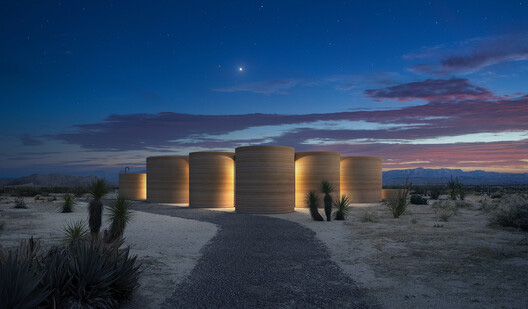
Advanced 3D Printing Technology Powering the El Cosmico Project
At the core of this project is ICON’s Vulcan, a state-of-the-art 3D printer that stands 15.5 feet (4.7 meters) high and spans 46.5 feet (14.2 meters) wide. Unlike traditional printers, Vulcan operates on a gantry system that allows for precise movement of its robotic arm and nozzle, enabling it to layer materials with exceptional accuracy. This capability is crucial for creating the intricate architectural features that define the El Cosmico hotel.
The material used in this construction is Lavacrete, a proprietary cement-based mixture developed specifically for 3D printing applications. Lavacrete is designed to provide the necessary strength and durability while also being adaptable to varying weather conditions. By adjusting the composition of the material based on factors such as temperature and humidity, the construction team ensures that the printed walls maintain their structural integrity and aesthetic appeal throughout the building process.
Sustainability and Efficiency in Construction
The implications of 3D printing extend far beyond design aesthetics; they also address pressing concerns related to sustainability and efficiency in the construction industry. Traditional building methods often generate significant waste due to excess materials and inefficient processes. In contrast, 3D printing minimizes waste by allowing for precise material usage, effectively reducing the environmental impact of construction projects.
Moreover, the on-site nature of 3D printing reduces the need for transporting materials, which further lowers the carbon footprint associated with construction. The technology also streamlines the building process, potentially shortening construction timelines and reducing labor costs. While this shift may lead to the displacement of certain skilled labor jobs, it also opens up new opportunities for workers skilled in operating and maintaining advanced printing equipment.
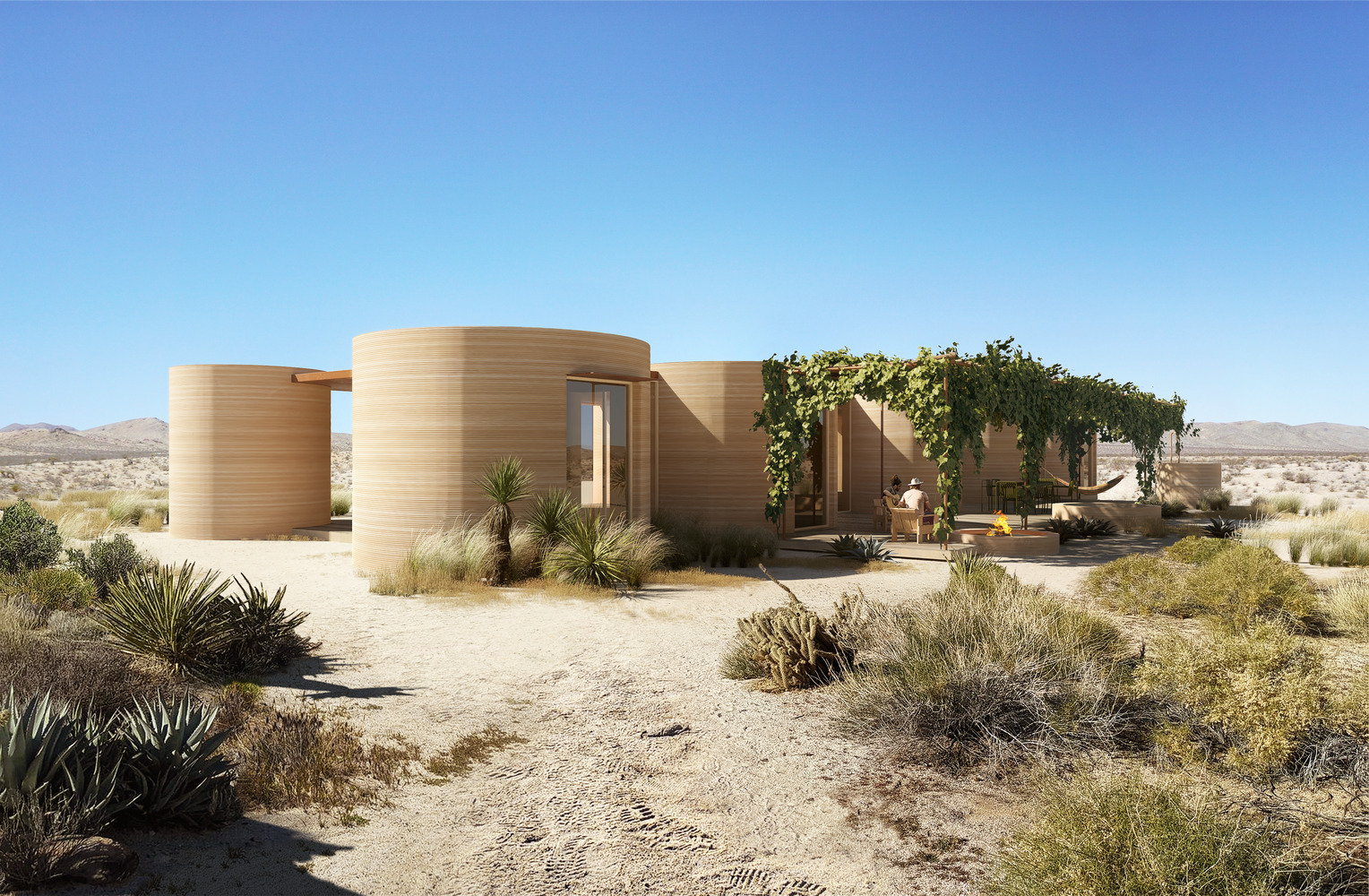
Architectural Innovation Meets Hospitality
El Cosmico is not just about cutting-edge technology; it represents a new way of thinking about the guest experience in hospitality. The unique designs made possible by 3D printing create inviting spaces that feel distinct from conventional hotels. Each unit, with its curvilinear walls and dynamic forms, is designed to enhance the aesthetic experience of guests while providing comfortable living spaces.
This project aligns with a broader trend in the hospitality industry toward creating memorable, immersive experiences that engage guests on multiple levels. By integrating innovative architectural design with modern technology, El Cosmico is poised to attract travelers seeking unique accommodations that go beyond the ordinary.
Looking to the Future
As the El Cosmico project progresses, it serves as a harbinger of the future of architecture and construction. The successful implementation of 3D printing in this context suggests that similar technologies could become commonplace in various sectors, from residential housing to commercial developments. The architectural possibilities are vast, and as 3D printing technology continues to evolve, it is likely to shape the landscape of urban and rural environments alike.
ICON is already exploring further applications of this technology, including a 3D-printed neighborhood near Austin, Texas. Such initiatives demonstrate the scalability of 3D printing and its potential to revolutionize the construction industry by providing sustainable, affordable housing solutions.
The anticipated completion of El Cosmico by 2026 marks an exciting milestone in the intersection of technology and architecture. With hotel units priced between $200 and $450 per night, the project promises to deliver an unparalleled experience that merges art, nature, and advanced construction techniques.
Image source- archdaily.com




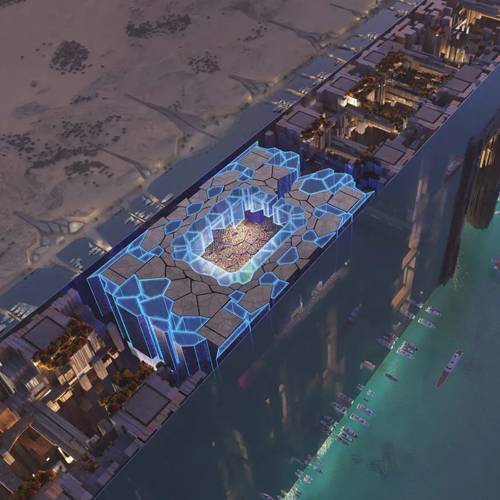

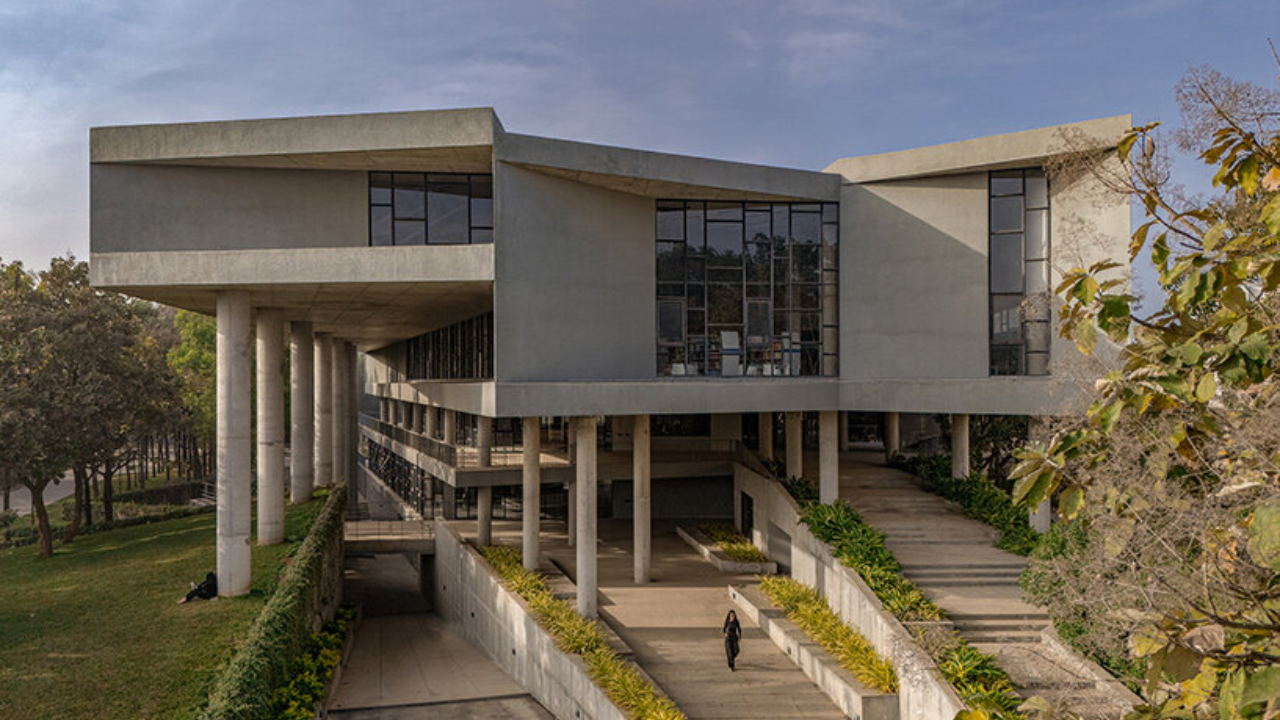
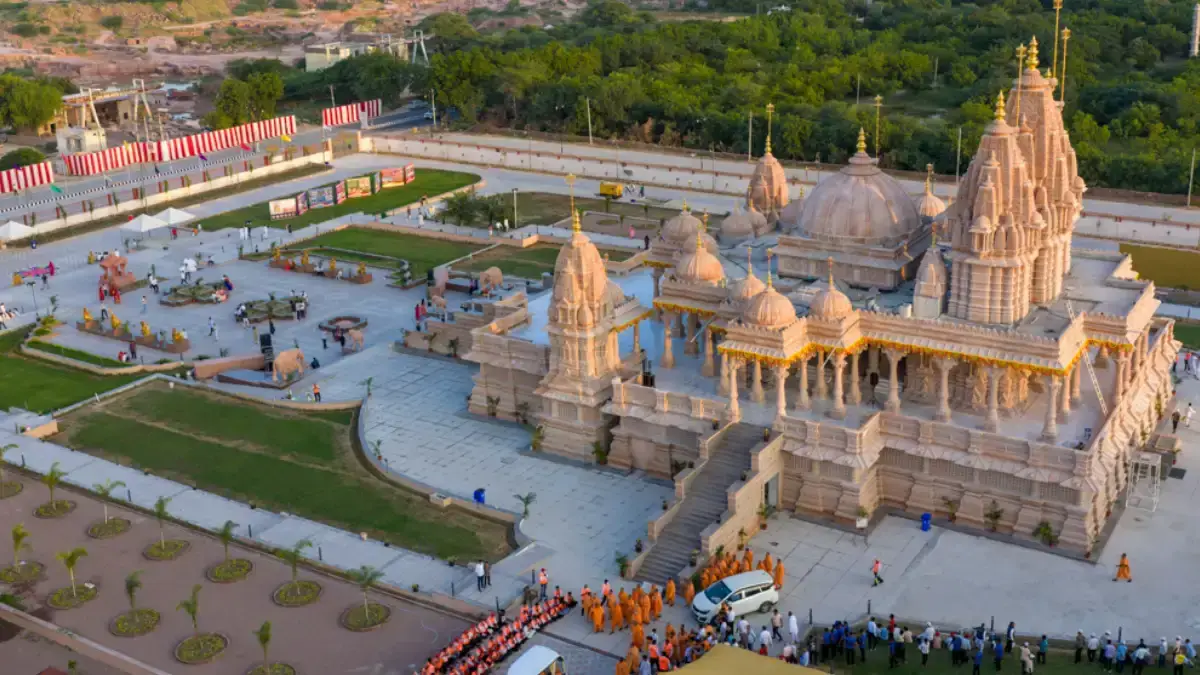
.png)